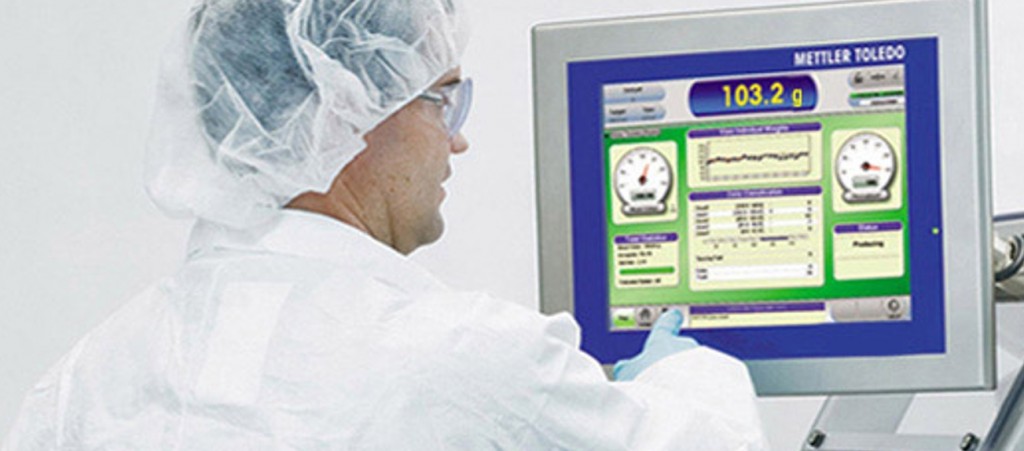In the pharmaceutical industry, it’s vitally important to establish inspection systems to make sure that medicines and their containers are of the highest quality and meet all safety requirements. While inspection systems are only one aspect of quality control, they do provide an added measure of reliability to augment the routine inspection work performed by people.
Accurate inspection is also required to control overfill and under fill and to eliminate any possible contamination. To that end, a variety of inspection systems are available for businesses to use to check on their pharmaceutical products.
Picture Source: http://us.mt.com/us/en/home/products/Product-Inspection_1.html
Checkweighers
Getting an accurate count of pharmaceuticals quickly and reliably is important because patients need a precise number of pills to meet their healthcare needs. High-speed checkweighers ensure that each container is filled with the precise amount of medication. Overfilling a container is bad for a company’s bottom line, and checkweighers eliminate the problem of waste.
Checkweighers are easy to set up and operate and enable you to dispense pharmaceuticals much faster than if they had to be measured manually by a technician. An operator can configure them with security access codes to ensure that only authorized personnel can interact with the equipment. What’s more, a checkweigher can be integrated with a metal detector system for increased product safety.
Metal Detectors
In any industrial process, it’s possible for small bits of metal debris to make their way into the finished product line, and this includes pharmaceuticals. In an effort to minimize the risk of metal fragments contaminating a package of medication, many firms opt to use metal detectors as an added safety check.
Typically an operator can configure the metal detector’s sensitivity to meet his company’s particular specifications. When metal fragments are detected, it’s easy to quickly determine the nature of the problem and avoid dispensing contaminated products to customers.
Vision Inspection
It’s difficult for people to visually inspect every single pharmaceutical package at the high rates of speed demanded by pharmaceutical industry standards. Instead, companies often use a vision inspection system as part of their quality assurance program.
A vision inspection system is suitable for checking the integrity of plastic and glass containers, as well as boxes, cartons and trays. A vision inspection system is also useful for ensuring that product labels have been accurately placed and that the contents are at the proper fill line.
X-ray Inspection
To make sure that pharmaceutical products are free of contaminants, it’s prudent to use an X-ray inspection system in combination with your checkweigher, metal detector and visual inspection equipment. An X-ray inspection system can quickly peer deeply into a product to make sure there are no hidden contaminants or other foreign materials.
Because X-rays will deliver high-resolution images and can be adjusted for their sensitivity, they are an ideal method to keep your pharmaceutical line safe and free of debris.
Once a company has determined the type of product inspection system or systems that will best meet its needs, managers can rest assured that they will be able to provide a quality product that meets the firm’s quality and safety standards.
